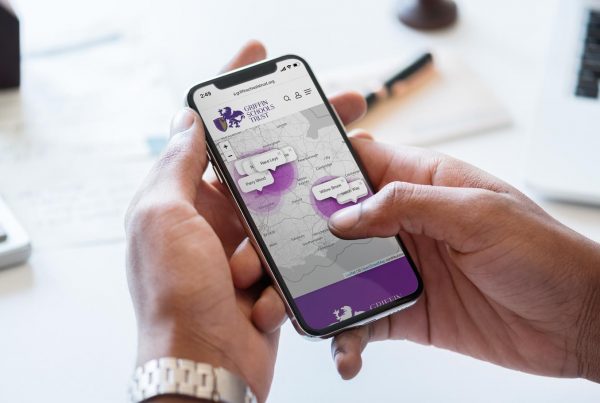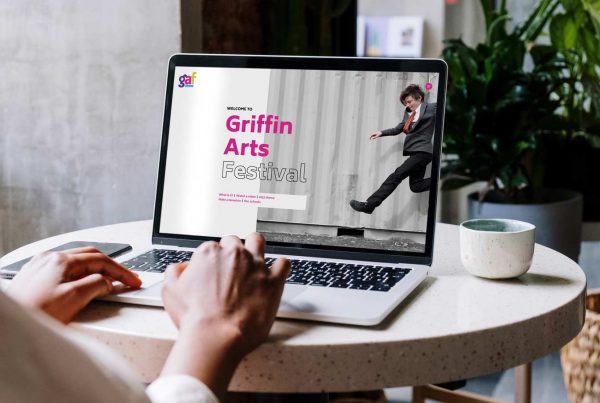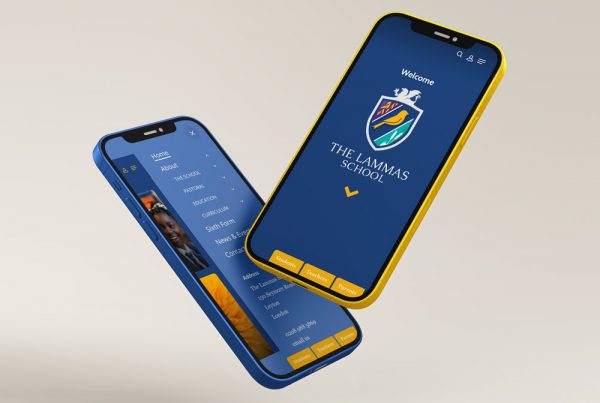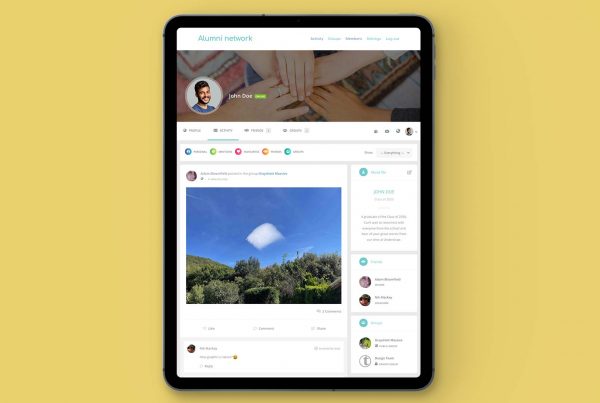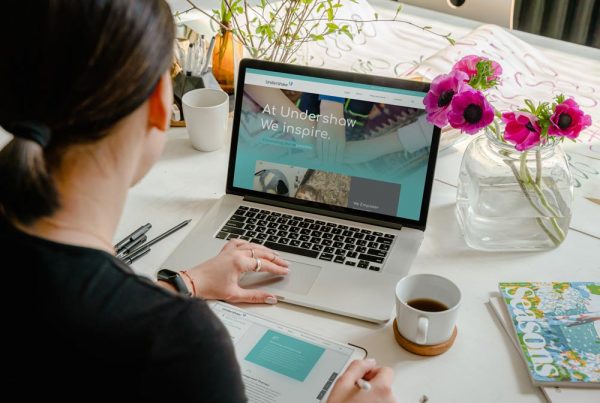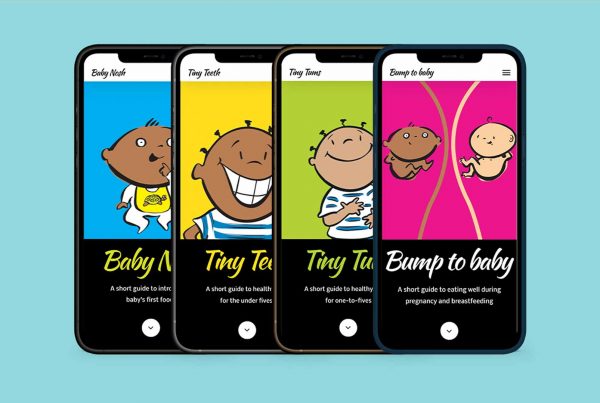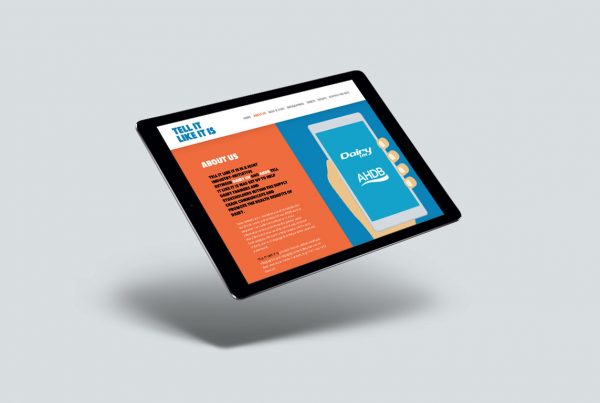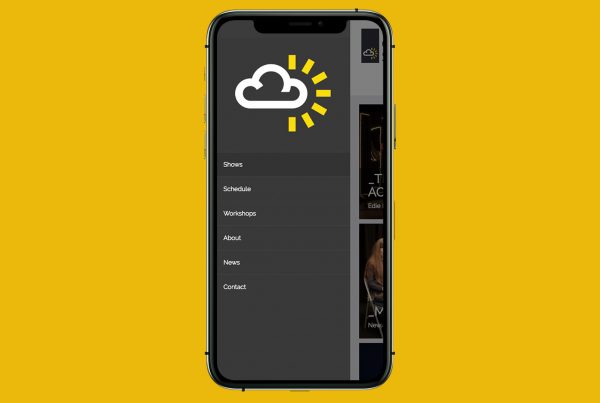A friendly and creative
Website design company
You have arrived at this page because you searched for ‘website design company’ on google. That’s great, because you found us! What’s next? Well now that you have found us you can relax, you’re in safe hands. We are excellent website designers.
We are ready to develop a beautiful intuitive web design with you.
THINGS TO CONSIDER WHEN CHOOSING A
Website design company
What are the principles of effective web design?
94% of adults in the UK see web design regularly. 8.4% have never used the internet. Year-on-year, the number of regular users increases. Adults in the UK spend on average 21.6 hours a week using the internet. Mobile internet use in the UK will grow to 84.55% by 2022. This is already an increase of over 10% from the 2016 figures. In other words, this will reach an estimated total of 54.21 million users by 2022. And that’s just in the UK!
Below topright design, creative agency and website designers, discuss some of the key elements to effective web design. Importantly, exploring these elements and moreover, why we use them in our web design process. In short, this web page is well worth a read before choosing a website design company.
RESPONSIVE WEBSITE DESIGN
Greater accessibility means that global Web site usage continues to rise. As a result, this accessibility means the importance of good web design will also continue to rise. In addition, the availability of high speed connections and Wi-Fi means that people can access the Internet across a multitude of devices. Almost anywhere and at anytime.
Why responsive websites?
The vast majority of people in the UK have access to computers, laptops, mobile phones or tablets. Consequently, the first and foremost consideration with web design is to ensure it is responsive. A responsive web design automatically reformats the best browsing experience dependent on the device or orientation. In short, ensure your website design company builds you a responsive site.
Importantly, the user can navigate the site with minimal scrolling and text is automatically displayed at a readable size without the need for zooming. Responsive websites give the user an tailored experience for their device. In short, good website design companies can ensure the experience is excellent across all devices.
RESPONSIVE WEBSITES AND SEO
Another benefit of a responsive website is that Google will reward you. A responsive website helps towards its Search Engine Optimisation (SEO) score and thus increases its visibility on search engines.
That is to say, a responsive website will perform better in search results and will rank above a non-responsive website. Firstly, responsive websites are able to reach a much wider audience/client/customer base. Secondly, They load faster. Which, importantly, helps the site’s search engine rankings and, as a result, reduces the bounce rate. Bounce rate is the number of visitors that click straight off the site.
All of these things increase the chance of users staying on your site and visiting again.
FUNCTIONALITY OF WEB DESIGN
Functionality is another important aspect of web design. For instance, the purpose of the site should be clearly documented by the website design company. Purpose shapes the form and functionality of the site and will therefore be the catalyst for design process. Therefore, understanding the purpose of the site and what it sets out to achieve is the starting point. Importantly, determining the way this function is best achieved is part of the design process. However, your chosen website design company will guide you through this process.
Types of website functionality [keep it simple]
Whether the site requires shopping/ecommerce, payment processing, forms, tables, maps, social media feeds or reviews, it’s important to keep it simple as possible. By keeping it simple it makes these things easy to access, navigate and use. Creating a wireframe is a good way of mapping a visitor experience. Visitors want to find what they’re looking for quickly and use them with minimal hassle.
OPTIMISING IMAGES
Optimising images improves your website’s performance. A file size that is too low can dramatically affect the quality of your image and a crystal clear image straight out of the camera will produce a very large file size. This means we ensure that your pictures are big enough to display a great image but however, aren’t so big that they slow the website down. To sum up, search engines and users like this.
File types
It’s essential to find the right balance to give visitors an engaging, fast experience and to improve SEO rankings. Use JPEGs for photos. PNG files allow for a transparent background. In addition, use GIF files for animations, they produce small file sizes. Website designers will always optimise any images used in the design. A good website design company will help you with this on hand-over.
AESTHETICS OF WEB DESIGN
Amongst all of the technical considerations we cannot forget about the aesthetics of the site and therefore how it appears to visitors. Above all, a good website design company will ensure the design is clear, crisp and remains consistent to your brand. Similarly, brand voice is also key (See or page Brand design is just a logo isn’t it? for further insights). In other words, working with a branding agency such as ourselves to create your web design is always an advantage.
Organisation is key
Importantly, structured content that is relevant and organised will give your visitors a fantastic first and lasting impression. Likewise, elements with a balance of clear space and great imagery will result in a site that firstly, looks great. Secondly, is easy to navigate. Thirdly, and most importantly, Google will like. As a result, users will visit again and again.
CONTENT MANAGEMENT SYSTEM (CMS)
CMS is a software application that facilitates creating, editing, organising, and publishing digital content. An example of CMS software, which you may have heard of, is WordPress.
Here at topright we predominantly use WordPress when dealing with website creation for clients. One vital component of CMS is a Graphical User Interface (GUI). This allows the user to control the creation, modification and removal of content from a website without having the technical know-how in regards to Coding – HTML (Hyper Text Markup Language) and CSS (Cascading Style Sheets).
The advantages of CMS
CMS is brilliant because it gives you control. You can make changes to your website quickly and easily without having to go back to your web design company. Control who has ‘back-end’ access to the site, whether you’d like it to be one or two members of your team or everyone. In addition, it takes away your reliance on a website design company past launch. As a result will save you money. You can also restrict who can access different parts of the site, or whole site, as appropriate. An example of a commonly used area of CMS would be the news/blog page.
Note.
However it is still important to remember that there are certain elements that will need a web developers help. The overall design and functionality of your website will be beyond the CMS. Making changes to these areas without technical knowledge can be tricky and consequently mistakes are made, which can be difficult to rectify. Therefore website designers will be able to help you with this.
In addition, CMS helps with SEO by having fresh, updated content on your website. This is vital in driving traffic to the site and as a result having visitors return again and again.
In conclusion
It’s clear that web design is not just about the visuals. Most importantly, it is about how the site works and how it’s found. Moreover, a great website design company should ensure that your site ticks all these boxes. In addition, lacking any of the technical aspects mentioned above can have a damaging influence on your brands impact. As a result may cause reductions of internet traffic and as a result, loss of business.
Choose a good website design company
Above all, website designers should fulfil the website’s intended function. Therefore, conveying a message and subsequently engaging its visitors. Importantly, building trust through great user interaction and experience. Firstly, building on the company’s logo design and secondly, being a important edition to the brand identity. This is all achieved by writing a rock solid website brief and using professional graphic design. We are a website design company near Guildford. We would say the best website designers for your project.
Are we the best website design company in UK? or best website design company London? Well, we will let our clients answer those questions. In other words, see our client testimonials. In addition, if you are searching for a ‘ website design company near me ‘? Remember, the world is getting smaller therefore remote working relationships are very effective.
The value of design agencies.
Good design far outweighs it’s cost. Download this report from The Design Council of England. It explores the relationship between client and designer. It highlights the demand for design in business. You might also also like to read this article on the impact of design. Our government use the same principals of design. Principals that align with our own.



